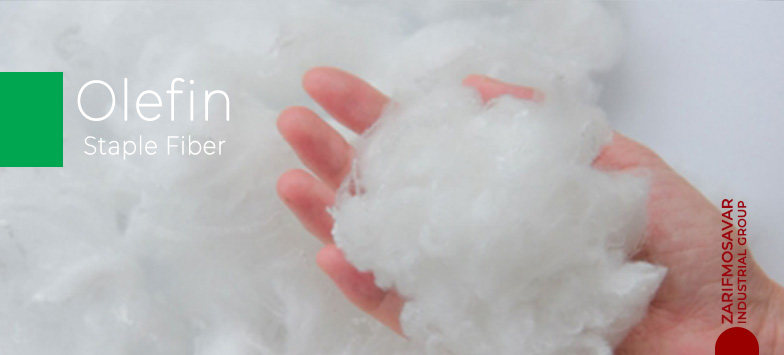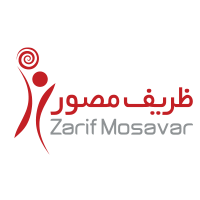
Olefin fibers and their applications
Olefin fibers of composition Polypropylene fibers are with ethylene produced The melting point of polyethylene is 120-125 °C and polypropylene is 160-165 °C. Their composition, i.e. polyolefin, cannot be used at temperatures above 100 degrees. Instead, with a density of 90-94 g/cm3 and very low moisture recovery, it is a suitable option for applications that require floating in water and low moisture recovery. Anchoring ropes, oil pollution containments, fishing nets, etc. are of this type of fiber.
It is also used as protection for sportswear and clothing due to its high insulation. Olefin fibers, due to their excellent strength and good tensile strength, are used in medical applications such as: It has wound dressing, bandage, plaster, kidney, artificial liver and lung, suture, surgical mesh, vascular grafts, artificial connections and ligaments, bedding, diapers, surgical gowns, napkins, etc.
Know more: Polyester Staple Fiber (PSF)
Advantages and disadvantages of olefin fibers
Advantages: Low moisture absorption, good tensile strength, wear resistance and excellent resistance to chemicals, mold, microorganisms, and insects, good capillarity, and high insulation.
Disadvantages: it causes sweating due to insulation, low melting point, it is difficult to paint them, high flammability, low elasticity and creep due to tension, prone to destruction of photosynthesis.
the product: Staple fibers, polyester fibers and polypropylene fibers
